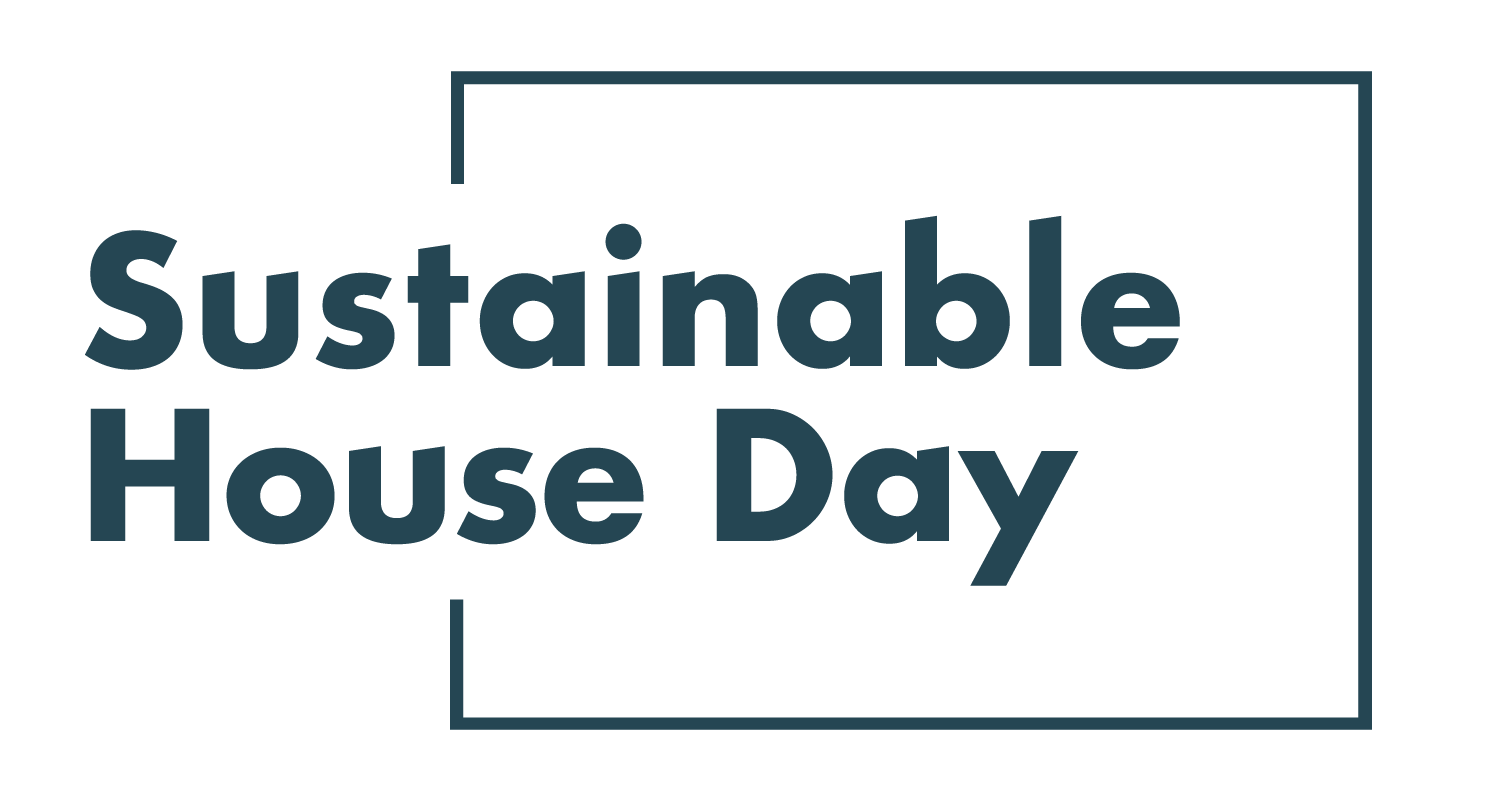Scruburban House
This house is not opening in person, but you can explore the profile and ask the homeowner a question below.
House Notes – Scruburban House
Scruburban House is a small scale sustainable urban renewal project. The original dwelling at 74 Wellington St was constructed over two adjoining Torrens Titled allotments, created during the 3rd survey undertaken in South Australia in 1858. During demolition several artifacts in the form of bottles and ceramics were uncovered, along with original Baltic pine flooring, hardwood joists, doors and architectural fittings. These were recovered and reused in the new building, along with locally sourced recycled hardwoods for verandah and pergola beams and posts.
The house has been constructed with an extensive full cover green roof to both living areas of the building. The roof is constructed over a standard steel deck supported on timber structure. This helps to control storm water runoff and curb air pollution, and is held to assist in reducing the impacts of increased temperatures, intense rainfall, habitat loss and increased energy use in cities, turning suburbia into “scruburbia”.
Recycled materials, timber framing, “Weathertex” cladding, Magnesium Oxide cement board are all low embodied energy materials which assist in keeping the overall embodied energy of the structure low.
The house uses clear finished concrete floors for thermal mass, exposing areas to direct sunlight during winter to help heat the home, and shaded during summer heat to maintain cooler inside temperatures during summer. BioPCM is also used to mimic thermal mass in wall elements.
North facing windows heat the concrete slab during winter, eaves and verandahs shade these areas during summer. High level windows and large openings induce south west cooling breezes, and seals to all opening windows and doors exclude drafts when they are not needed.
The building incorporates high levels of insulation to walls, roof and ceiling, in addition to the the “living green roof” over living areas.
BioPCM™ absorbs and releases heat using bio-based phase change materials that melt and solidify at room temperature. When installed in ceiling and wall panels the product works day and night to stabilize indoor temperatures.
The amount of carbon released during the manufacturing process of this board type is substantially lower than traditional Portland cement based products. MGO cement is lightweight and is consistently more durable, and over 200% of the emitted carbon dioxide is sequestered during the curing phase, which takes only 12 months (unlike Portland cement).
This house has a 2kw PV array, grid connected, providing 100% of power (subject to occupant usage), roof mounted solar hot water, low energy lighting (LED and compact fluorescent), and occupant sensors in each area to control essential and non-essential power
A 9kL tank system, “cold water leg diverters” to the showers, and the green roof water run-off via a “rain garden” system all help to keep rainwater on site and productive.
Sustainability Features
- Energy efficiency:
- Efficient lighting
Draught proofing
Efficient appliances
Smart home features
- Energy efficiency:
- zoned motion detection on lights and power, single shutdown location
- Passive heating cooling:
- Shading
Cross ventilation
- Active heating cooling:
- Ceiling fans
Evaporative
- Active heating cooling:
- ceramic panel and Bio PCM
- Water heating:
- Solar hot water (flat panel)
- Water harvesting and saving features:
- Above ground storage
Stormwater management
Low flow shower heads
Low flow taps
Drip irrigation
Storage connected to
- Above ground rainwater storage Type:
- Polyethylene tanks
- Above ground rainwater storage Size
- 6kL
- Storage connected to
- Garden
Toilet
Laundry
Whole house
- Water harvesting and saving
- Roof garden to underground disposal, other roofs to potable supply tanks
- Sustainable materials:
- Timber, weathertex, plywood, MGO board, recycled materials, bio pcm
- Recycled and reused materials:
- Bricks
Concrete
Timber
Doors
Paving
Kitchen/bath cabinets
- Insulation Type:
- Ceiling
Internal and external walls
- Ceiling Type:
- plywood
- Ceiling Rating:
- R6.5
- Internal / External Walls Type:
- plasterboard, weathertex & MGO board
- Renewable energy used:
- Solar PV grid connect
- Cost estimate of sustainable home/features:
- $30,000
- Estimate of annual savings:
- $2,500/year
- House Size
- 120m2
- Window and Door Types
- Low-e, films
Clerestory windows
- Universal Design Features
- Multi-generational
Adaptive design
- Number of bedrooms
- 3
- Number of bathrooms
- 2
- Garden / Outdoors
- Drip irrigation
Water wise plants
Edible garden
Organic
Native plants
Green roofs
- Healthy home features
- Low voc paints
- Housing Type:
- Standalone House
- Project Type:
- New Build
- Builder
- Salt eHouse P/L















Ask questions about this house
Load More Comments